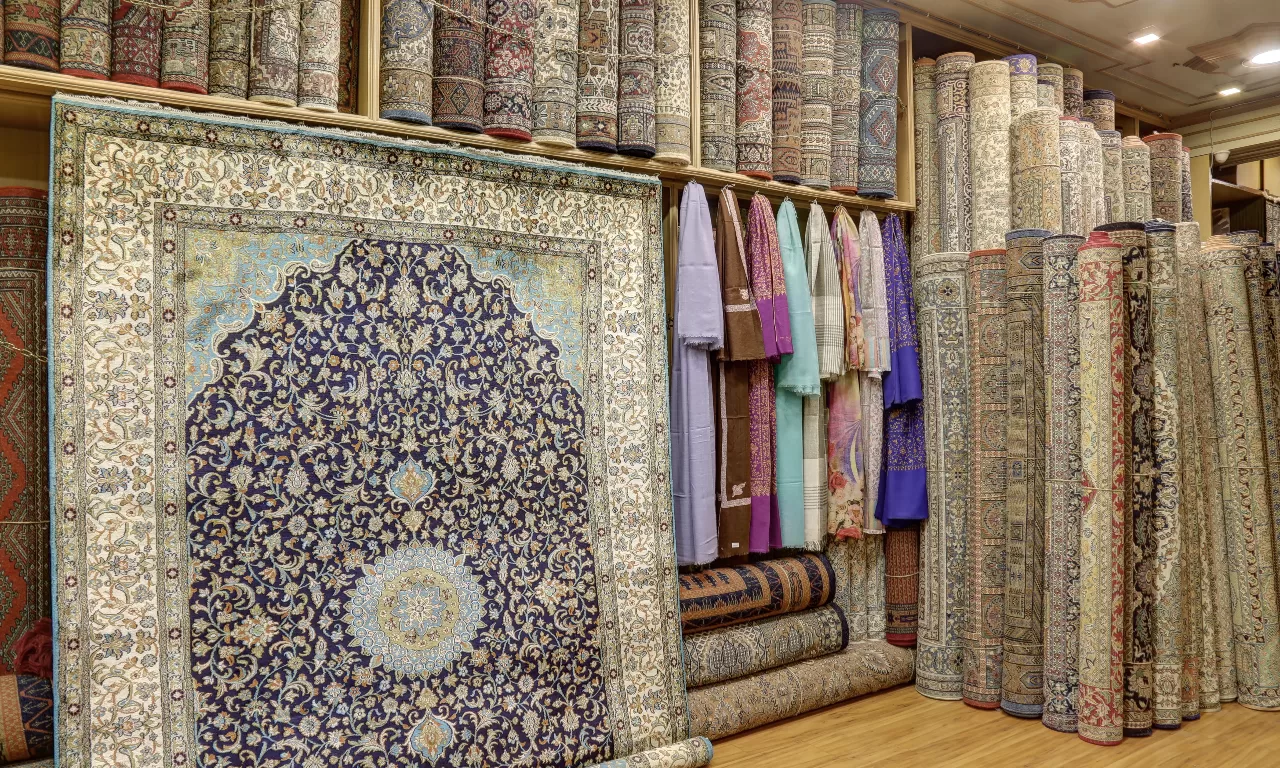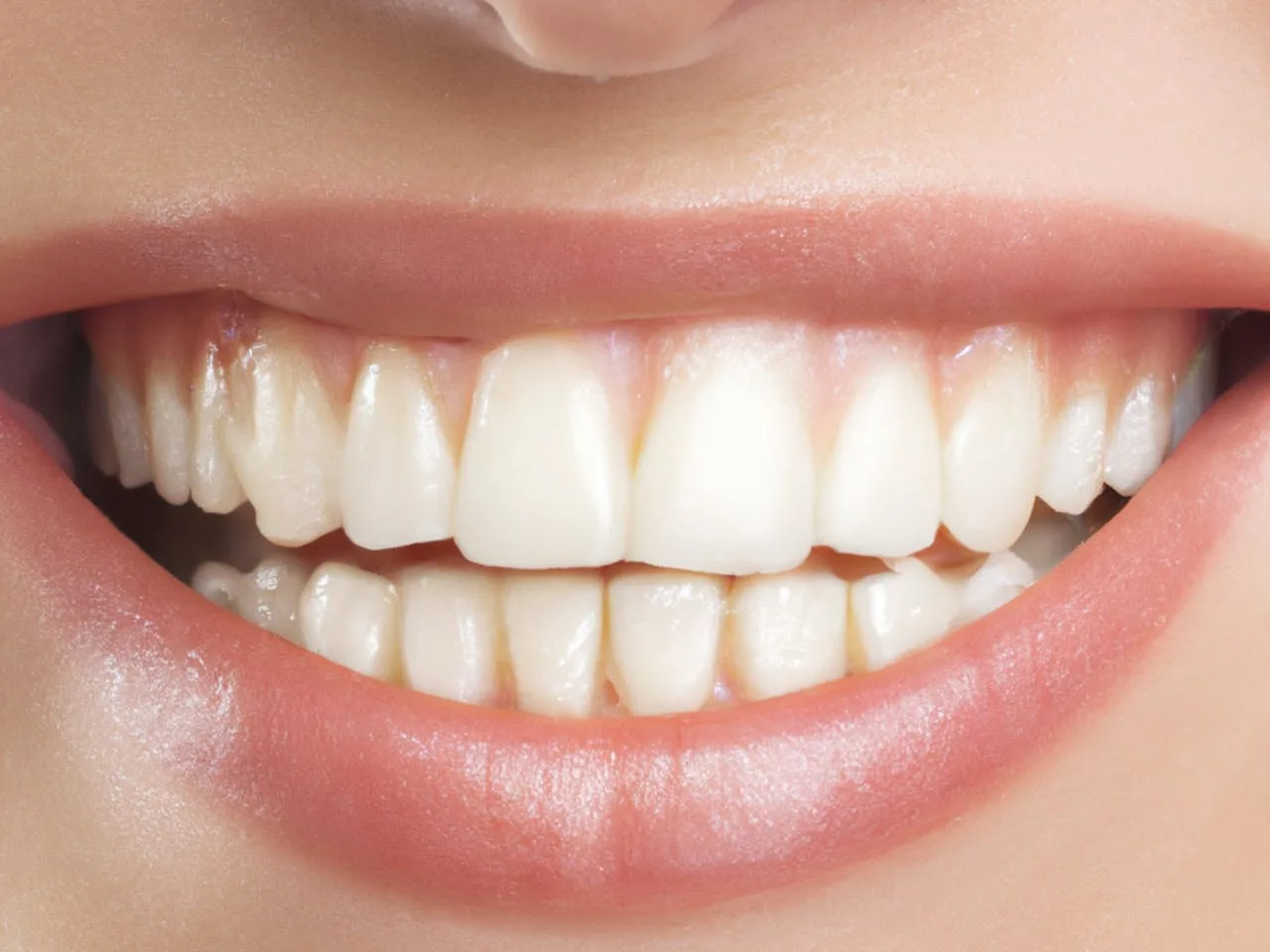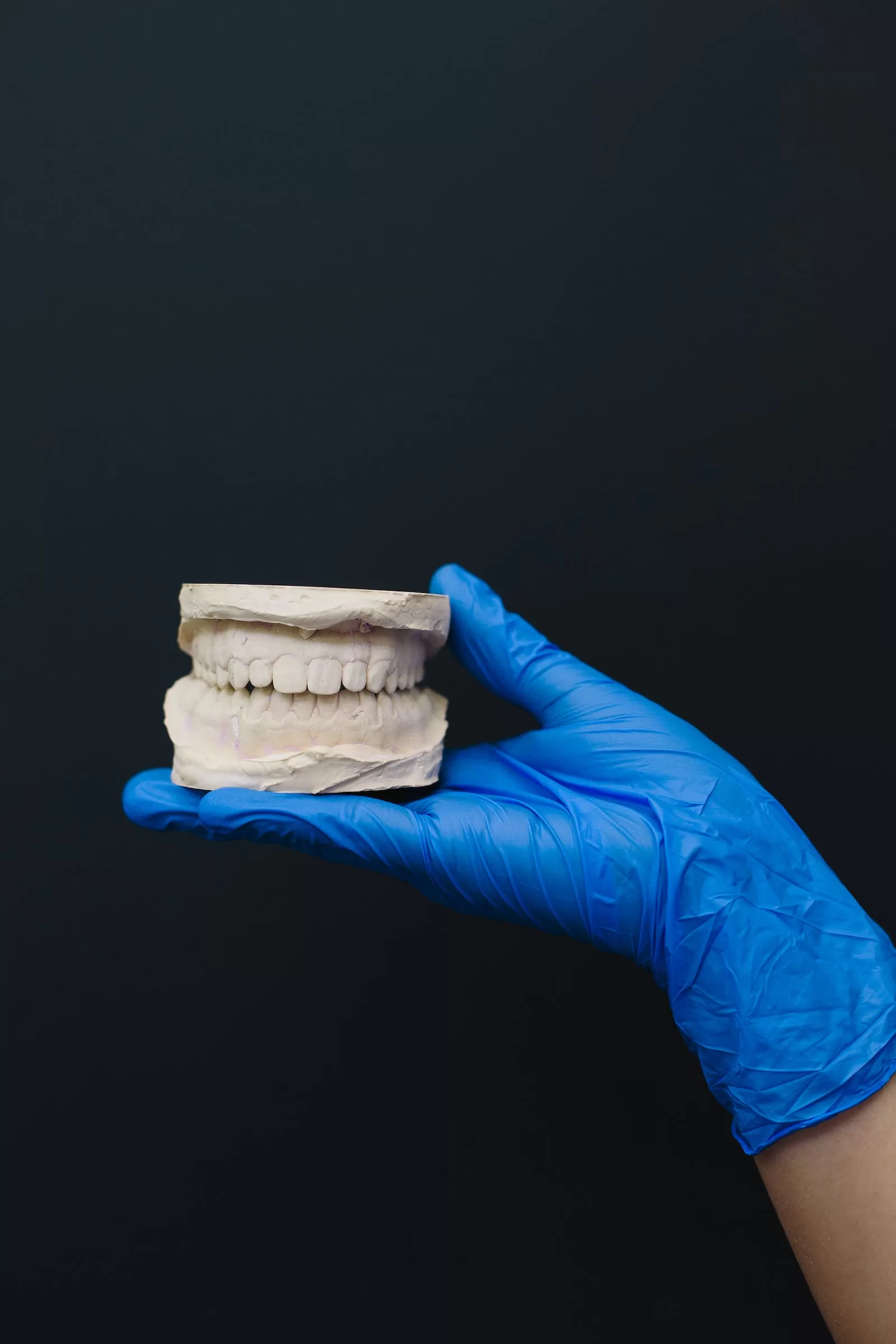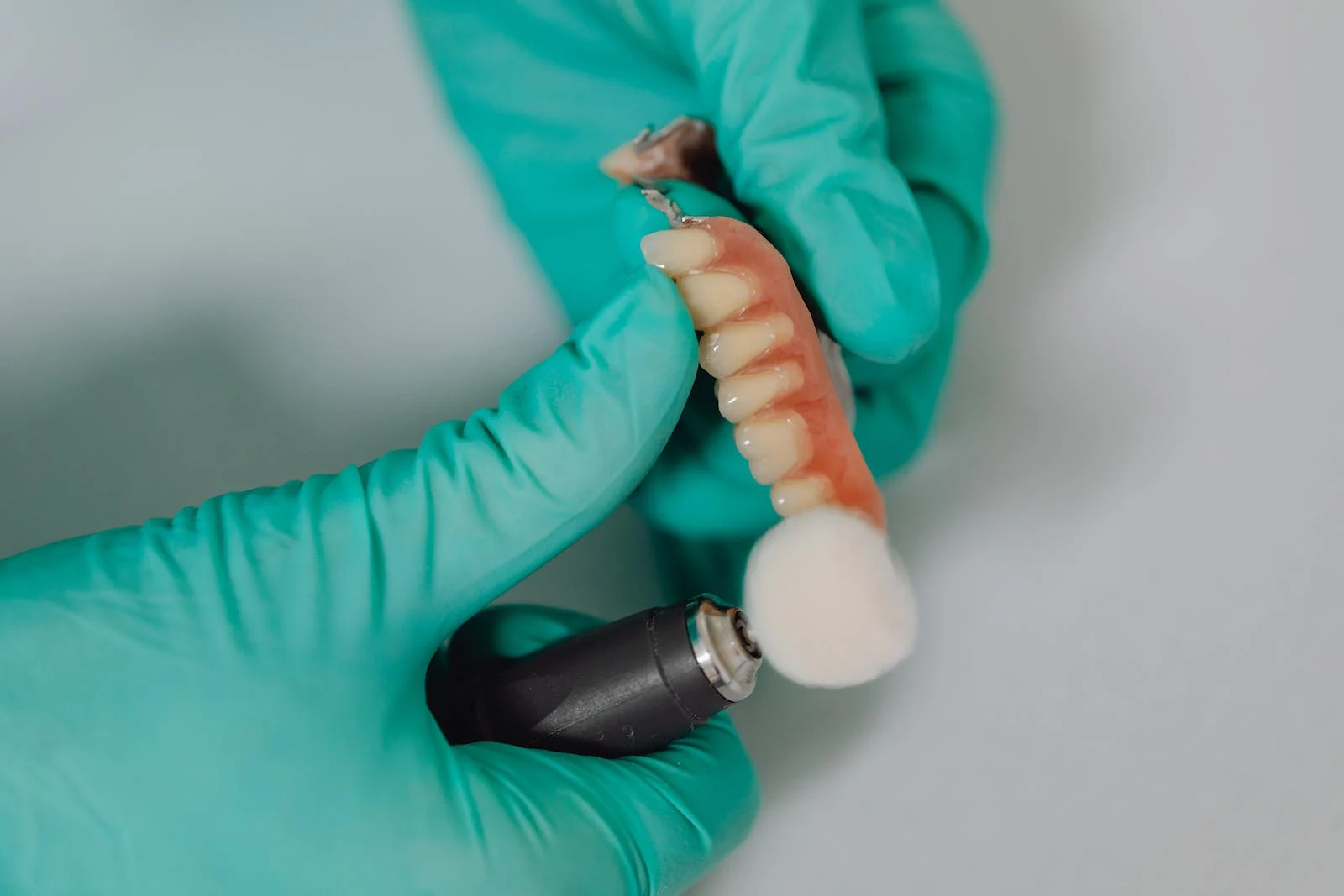Medical Device Injection Molding Companies play a critical role in the healthcare industry by producing precise and high-quality medical devices.
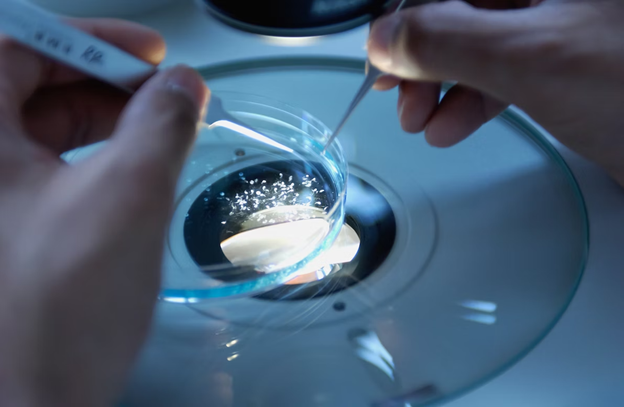
With the constant advancements in technology, these companies have adopted cutting-edge injection molding technologies to meet the increasing demands of the healthcare sector.
This article provides an insightful overview of the significance of Medical Device Injection Molding Companies, explores the advancements in medical injection molding technologies, highlights the key techniques and processes used, and explores future innovations on the horizon.
The Importance of Medical Device Injection Molding Companies
Medical Device Injection Molding Companies play a pivotal role in the healthcare industry, collaborating with medical device manufacturers to design and develop innovative products that save lives and improve patient outcomes.
These companies possess the specialized expertise required to navigate the complex regulatory landscape and ensure that medical devices meet stringent quality standards.
Advancements in Medical Injection Molding Technologies
Over the years, medical injection molding technologies have undergone significant advancements, fueled by ongoing innovation and research. Today, Medical Device Injection Molding Companies leverage state-of-the-art equipment and materials to produce intricate and highly precise medical devices.
These advancements have enabled faster production cycles, improved product quality, and enhanced design flexibility for medical device manufacturers.
Cutting-Edge Techniques and Processes
Medical Device Injection Molding Companies employ a variety of techniques and processes to cater to the diverse needs of the healthcare industry. Let’s explore some of the cutting-edge techniques:
1. Micro Injection Molding
This technique allows for the production of intricate and miniature components used in medical devices such as microfluidic systems and surgical instruments. Micro injection molding ensures high accuracy, repeatability, and consistency, enabling the production of complex parts with tight tolerances.
2. Multi-Material Injection Molding
Complex medical devices often require the combination of multiple materials to achieve desired functionality and performance. Medical Device Injection Molding Companies utilize multi-material injection molding techniques to create products with varying material properties, including different colors, textures, and hardness levels.
3. Overmolding
Overmolding involves the encapsulation of one material over another, resulting in a single integrated product. This technique is commonly employed in medical devices that require soft-touch grips, ergonomic handles, or the integration of electronics.
4. Insert Molding
Insert molding allows for the incorporation of metal or plastic inserts into the injection-molded component. This technique offers increased product strength, improved functionality, and reduced manufacturing costs.
Future Innovations in Medical Injection Molding
The future of medical injection molding holds exciting possibilities. Medical Device Injection Molding Companies are continuously exploring innovative approaches to improve the production of medical devices. Some key areas of future development include:
1. Advanced Materials
The utilization of advanced materials, such as biodegradable polymers, is gaining traction. These materials offer the potential for greater sustainability and reduced environmental impact, making them attractive for a wide range of medical applications.
2. Additive Manufacturing
The integration of additive manufacturing techniques, such as 3D printing, holds immense potential for medical injection molding.
This technology allows for the rapid prototyping of complex medical devices, customization according to patient needs, and the production of intricate geometries that were previously challenging to achieve.
Conclusion:
Medical Device Injection Molding Companies are at the forefront of driving innovation and advancement in the healthcare industry.
Through their utilization of cutting-edge injection molding technologies and processes like micro injection molding, multi-material injection molding, over-molding, and insert molding, these companies ensure the production of reliable, high-quality medical devices.
As the industry continues to evolve, future innovations in advanced materials and additive manufacturing techniques will further revolutionize medical injection molding, enabling the development of more precise, efficient, and personalized medical devices.

